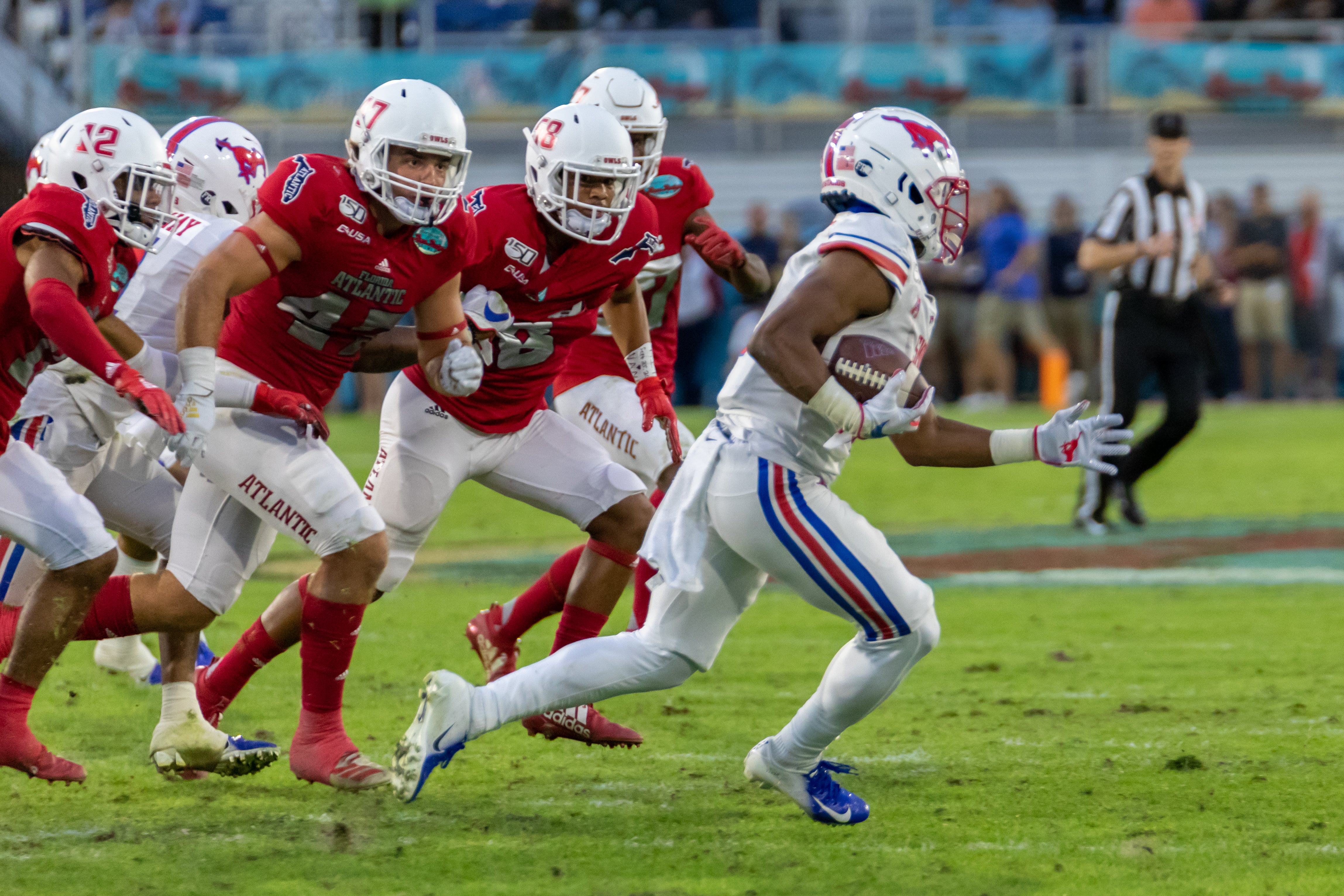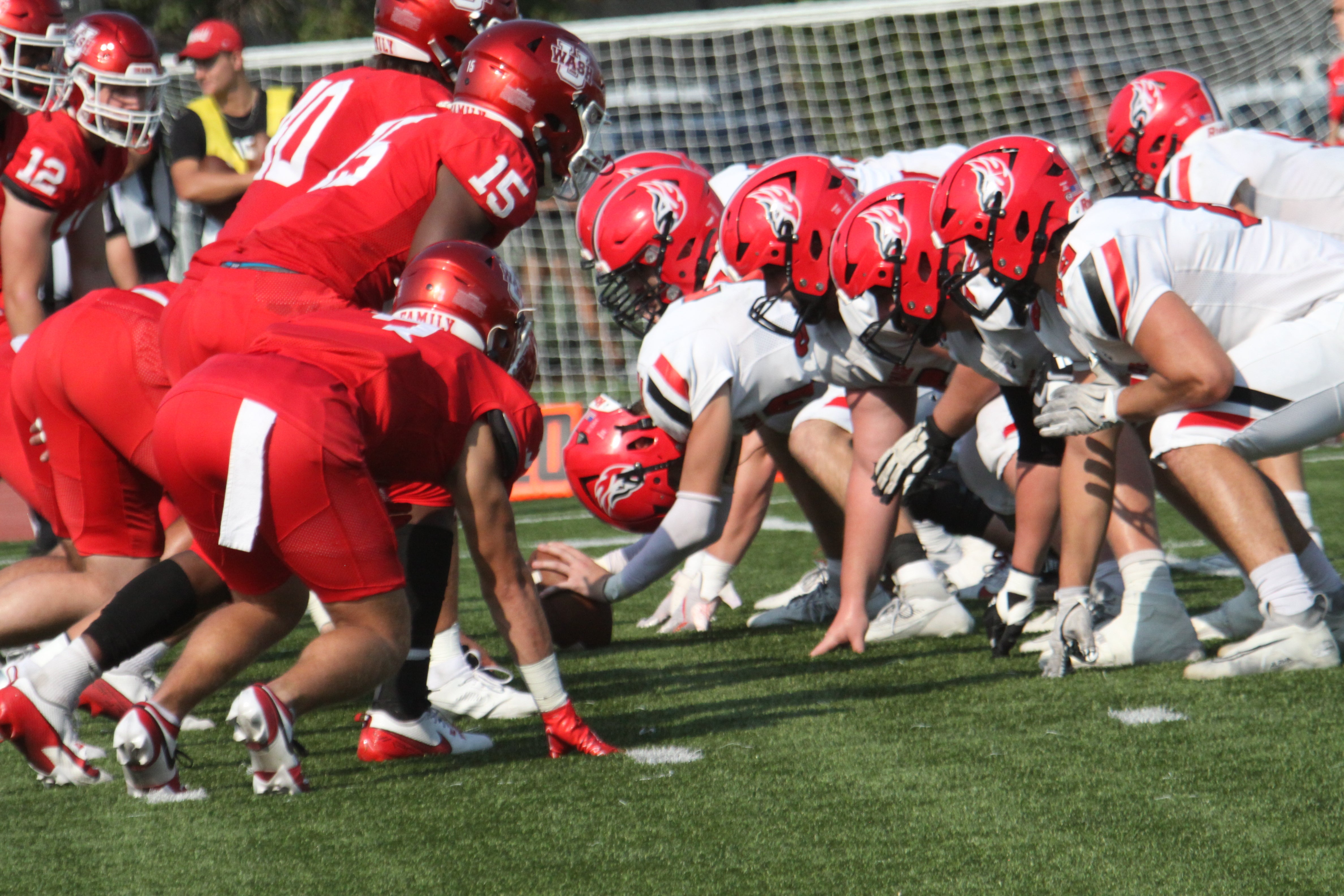Heat Safety in College Sports: Key Organizations and Guidelines
College athletics demand peak physical performance—but with that comes the added risk of heat stress, especially in hotter seasons and during intense training. To help reduce risk and improve readiness, several national organizations provide structured guidance and support for heat safety in college sports.

NCAA Oversight
The National Collegiate Athletic Association (NCAA) sets foundational safety protocols for college athletes. One key approach is the preseason heat acclimatization period, which gradually introduces physical exertion over the first days of training. These protocols often include:
- Limited practice durations and no two-a-days initially
- Scheduled hydration breaks
- Mandatory rest periods
- Emphasis on environmental monitoring
This structure is designed to give student-athletes time to adjust to increased heat exposure while maintaining safe training standards.

NATA’s Role in Safety Protocols
The National Athletic Trainers’ Association (NATA) plays a central role in promoting health best practices for athletic trainers. Their recommendations cover topics such as hydration, early symptom recognition, and environmental monitoring—including the use of tools like Wet Bulb Globe Temperature (WBGT) to guide training decisions.
For more on their professional guidance, visit our Professional Sports page.
CSCCA and Strength Conditioning Best Practices
The Collegiate Strength and Conditioning Coaches Association (CSCCA) focuses on best practices for workout programming. In hot conditions, their emphasis includes:
- Scaling workout intensity during high-risk weather
- Monitoring signs of heat strain during strength and conditioning sessions
- Encouraging communication among strength coaches, athletic trainers, and coaching staff
By fostering a collaborative environment and encouraging awareness, the CSCCA helps coaches better tailor workouts to both performance and wellness.
A Culture of Safety
Ultimately, protecting student-athletes from the risks of extreme heat starts with a shared commitment to clear communication, responsible scheduling, and real-time awareness. When schools follow structured acclimatization protocols, promote hydration strategies, and educate their teams on how heat affects the body, they create a safer environment for athletes to grow and compete.